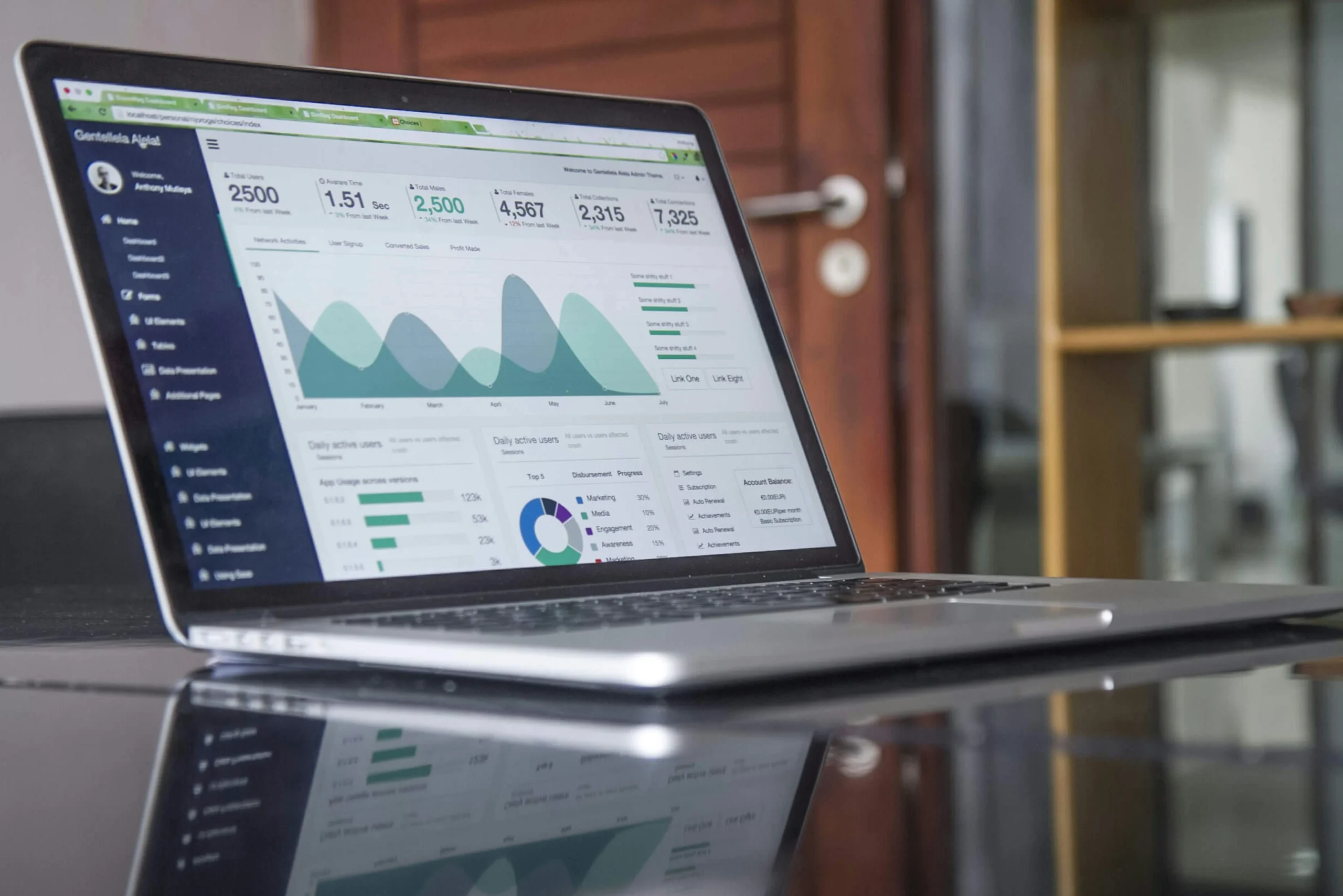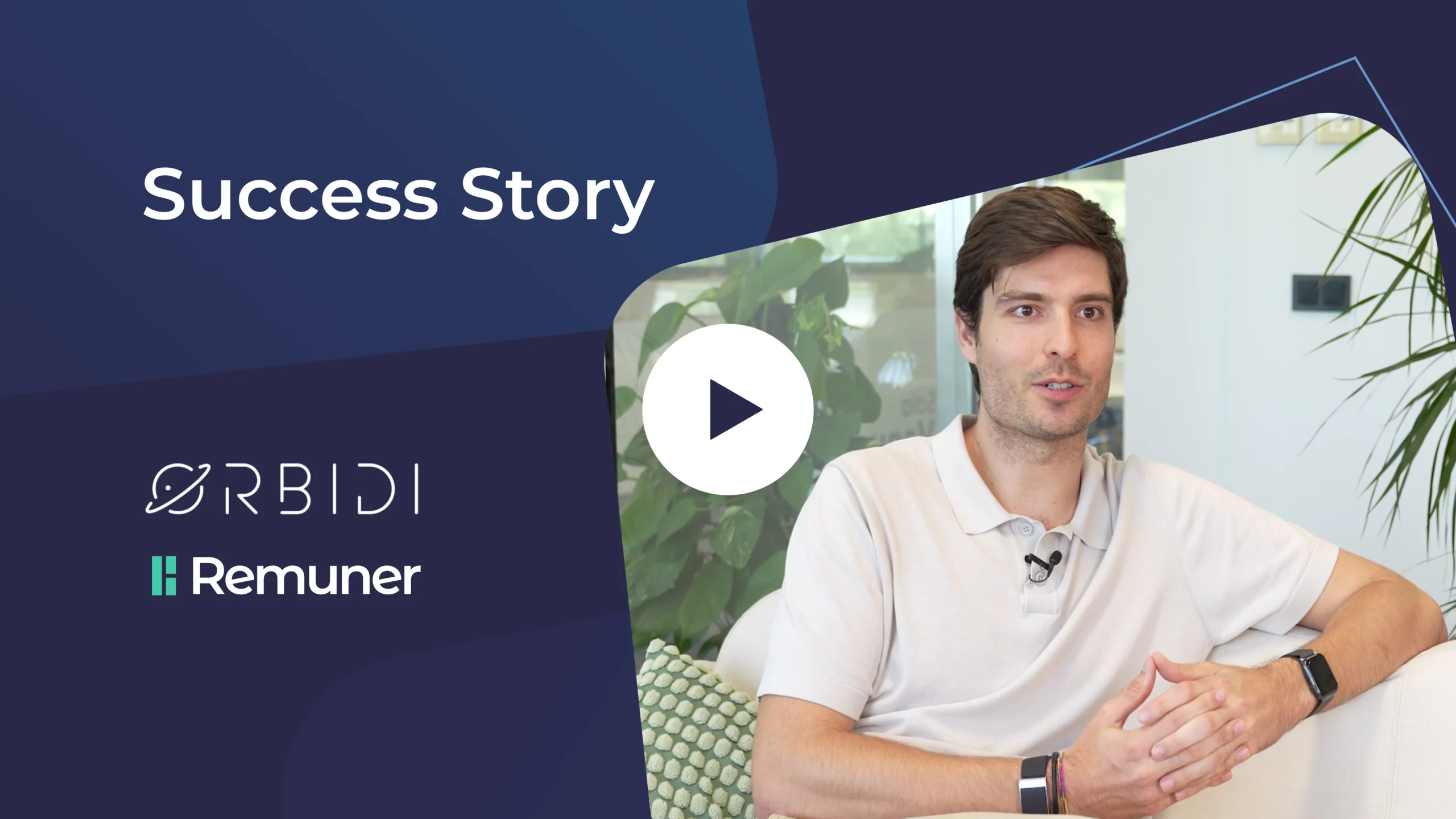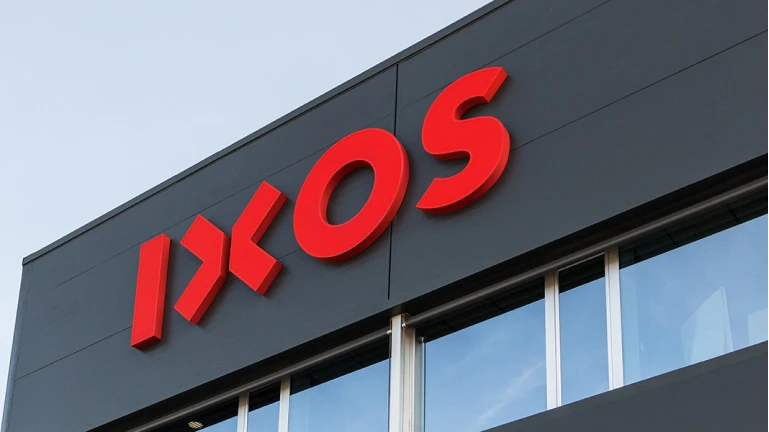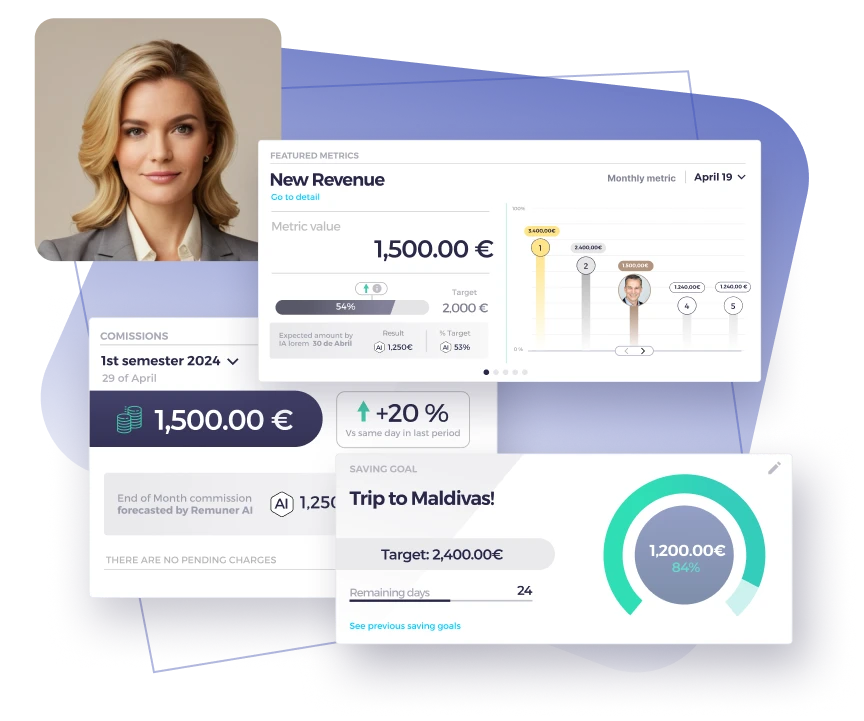Table of contents
How to build a sales pipeline?
To build a sales pipeline, start by identifying your ideal customer profile, generating and qualifying leads, and mapping out key sales stages from lead to close. Set performance metrics for each stage and align compensation plans—like OTE and quotas—with pipeline activities to keep sales reps motivated. Regularly analyze pipeline data to forecast revenue, optimize strategy, and improve overall sales performance.
What is a sales pipeline?
At its core, a sales pipeline is a visual representation of where prospects are in the buying journey, from initial lead generation to final sales closure. The goal of learning how to build a sales pipeline is to help sales teams stay organized, focus on converting leads, and ensure that everyone on the team is aligned on both performance metrics and compensation outcomes.
Step-by-step guide to learn how to build a sales pipeline
Here’s a systematic approach to how to build a sales pipeline:
1. Identify your target audience and define your ideal customer profile (ICP)
The first step in building a sales pipeline is to understand who your ideal customers are. Sales reps should target prospects who are likely to buy and align with your company’s product or service offerings. Creating an ICP allows you to streamline your lead generation process, leading to better sales performance. A clearly defined ICP ensures that your team focuses on high-value opportunities, leading to more accurate forecasting and quota attainment.
2. Generate and qualify leads
Once you’ve defined your target audience, it’s time to generate leads. Lead generation involves various strategies, including inbound marketing, outbound calls, networking, and social media outreach. Not all leads will be equally valuable, so qualifying leads is crucial for building an effective sales pipeline.
Lead qualification helps filter out prospects who are unlikely to buy, saving time and focusing energy on high-quality opportunities. This improves your team’s sales performance by increasing conversion rates and reducing wasted effort, which directly ties into better sales incentives and OTE outcomes.
3. Map out the sales stages
To effectively manage a sales pipeline, you need to outline the key stages a prospect goes through before they become a customer. Common stages include:
- Lead generation
- Lead qualification
- Product demo or presentation
- Proposal submission
- Negotiation
- Closing the sale
Mapping these stages helps in identifying bottlenecks and understanding where deals stall. Understanding the movement through these stages is essential for how to build a sales pipeline that aligns with performance and compensation metrics.
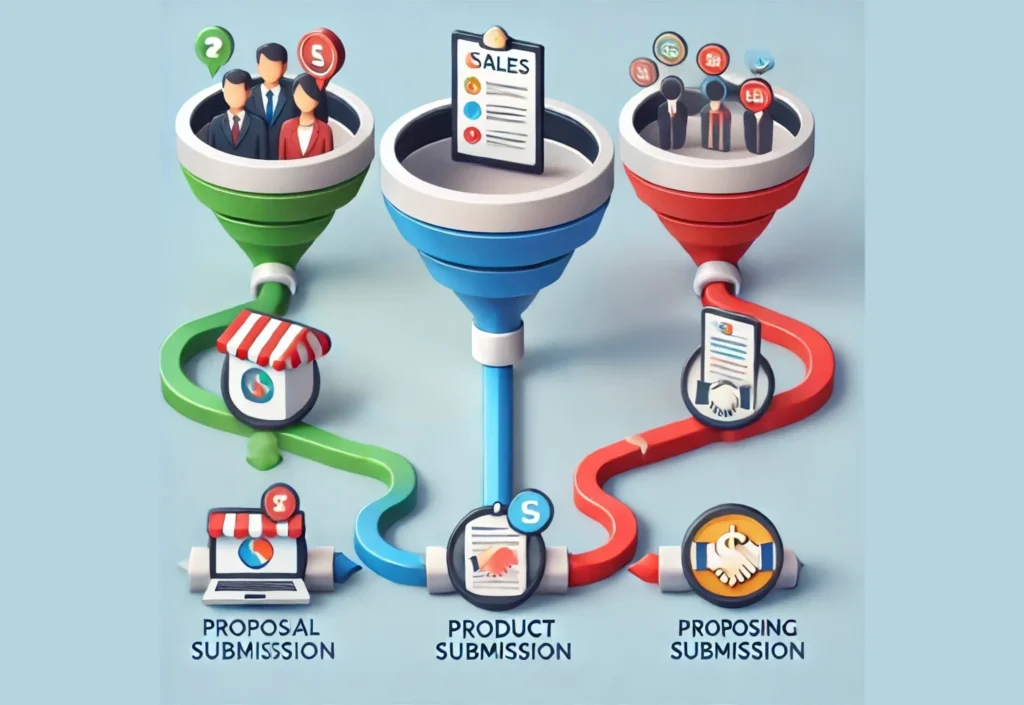
4. Set clear performance metrics
One of the key goals in building a sales pipeline is to set measurable performance metrics that align with both compensation plans and overall sales performance. These metrics could include:
- Lead conversion rates
- Asize
- Sales cycleverage deal length
- Quota attainment
By setting clear performance metrics, you can align your sales incentives with specific pipeline activities. For example, compensating based on qualified lead volume or offering bonuses for closing deals within a specific time frame can help keep sales reps motivated and improve overall sales performance.
5. Align compensation plans with pipeline activities
Sales performance and compensation go hand in hand. To ensure your sales pipeline drives results, align your compensation plans with pipeline activities. For instance, consider offering commissions or bonuses for reps who meet their quota or surpass their OTE.
Additionally, tailor sales incentives to different pipeline stages. For example, offer an incentive for each deal that progresses from the demo stage to negotiation, as this ensures reps remain motivated throughout the sales cycle.
6. Leverage data and sales forecasting
Once you’ve established your pipeline stages and set performance metrics, leverage data to improve forecasting accuracy. Sales forecasting allows you to predict future revenue and performance based on the current state of your sales pipeline. Accurate forecasts help you set realistic quotas and align compensation plans effectively.
By continuously analyzing pipeline data, you can identify trends, adjust your compensation structures, and drive better sales performance. Tools like CRM platforms can automate this process, providing real-time insights to guide decision-making.
7. Evaluate and refine your sales pipeline regularly
Building a successful sales pipeline is not a one-time process. It requires regular evaluation and refinement. Analyze key performance indicators (KPIs) such as quota attainment and sales performance to identify areas for improvement. If certain stages of your pipeline are consistently underperforming, adjust your approach, tweak sales incentives, or implement new sales strategies.
Sales leaders should also review compensation structures periodically. OTE, quotas, and commissions should reflect the reality of sales performance, ensuring that reps remain motivated and aligned with the company’s goals.
Example of a sales pipeline
Let’s walk through a real-world example of how to build a sales pipeline for a B2B SaaS company that sells a subscription-based software solution. The pipeline consists of five key stages, each designed to move prospects toward a successful sale while optimizing sales performance and aligning with compensation structures like OTE and quota.
1. Lead Generation
The company attracts leads through a combination of inbound marketing (blog posts, whitepapers, webinars) and outbound efforts (cold emails, LinkedIn outreach). The sales reps are tasked with engaging and qualifying these leads based on their fit with the company’s Ideal Customer Profile (ICP).
- Sales Performance Example: Reps are compensated with a small bonus for every qualified lead added to the pipeline. This stage motivates reps to fill the pipeline early and ensure leads meet basic criteria for the next step.
2. Lead Qualification
Once the leads are generated, they are passed through a qualification process. This involves determining the lead’s needs, budget, and decision-making timeline. Reps use a lead scoring system based on factors like company size, pain points, and readiness to purchase.
- Compensation Tie-In: Reps can earn additional sales incentives based on the number of leads that pass qualification criteria and advance to the demo stage. This step helps the sales team focus on high-quality prospects and ensures higher pipeline velocity.
3. Product Demo
Qualified leads are scheduled for a product demo, where the sales rep showcases the software’s features, benefits, and value proposition. The demo stage is critical in the sales pipeline because it provides an opportunity to address the prospect’s pain points and showcase how the solution meets their needs.
- Sales Performance Example: Many companies offer commission bonuses when deals move from demo to proposal stage, encouraging sales reps to convert these opportunities. Sales incentives at this stage are often tied to demo completion rates and customer engagement levels during demos.
4. Proposal Submission
After the demo, interested prospects receive a formal proposal, outlining the pricing, service level agreements, and contract details. This stage often involves negotiation, where the rep works closely with the prospect to ensure the solution fits their budget and goals.
- Compensation Impact: Sales quotas and OTEs are typically aligned with progressing deals through this stage. Reps may receive a percentage of their commission when a proposal is sent out, further incentivizing them to move qualified leads to negotiation and closer to the final sale.
5. Negotiation and Closing
In this final stage, the rep negotiates contract terms and pricing, overcoming any final objections. The deal is closed when both parties agree, and the prospect signs the contract, becoming a paying customer.
- Sales Performance Example: The closing stage is directly tied to OTE and quota attainment. Reps receive their largest commission payments upon successfully closing deals. Many compensation plans offer accelerators, meaning that once a rep exceeds their quota, they earn a higher percentage of commissions for additional deals closed.

Sales Pipeline Recap
- Lead Generation: Attracting potential customers through inbound and outbound efforts.
- Lead Qualification: Filtering leads based on fit and readiness to buy.
- Product Demo: Demonstrating the software solution to qualified leads.
- Proposal Submission: Sending a formal proposal and initiating negotiations.
- Closing the Deal: Negotiating terms and finalizing the sale.
This structured approach to building a sales pipeline ensures that the team is focused on the right opportunities at each stage and that compensation is aligned with key pipeline milestones. The result is improved sales performance and a motivated team working toward quota attainment and maximizing their OTE.
Tools to Build and Manage Your Sales Pipeline
To successfully build and manage your sales pipeline, leveraging the right tools is essential. These tools help streamline the entire process, from lead generation to deal closure, while providing the data and insights necessary for improved performance and compensation alignment. Here are some popular tools to consider:
- Pipedrive: A user-friendly CRM designed to help sales teams manage leads and deals efficiently. It offers customizable pipeline stages and integrates with various tools for seamless data flow.
- HubSpot Sales: A robust CRM and sales pipeline management platform that allows you to track and automate every stage of the sales process. Its easy-to-use interface and extensive reporting features make it a top choice for sales teams.
- Zoho CRM: Zoho CRM offers a simple yet powerful solution for tracking deals, forecasting sales, and managing relationships. Its flexibility allows for customization based on your sales pipeline needs.
These tools not only enhance your sales pipeline’s efficiency but also provide actionable insights that can help align compensation structures with performance, ensuring your team stays motivated and focused on hitting their targets.
Sales pipeline and sales compensation: A perfect synergy
Aligning your sales pipeline with sales compensation creates a powerful synergy that can drive your team’s success. By offering sales incentives based on pipeline stages, reps become more motivated to hit their targets, leading to improved sales performance.
For example, an organization may introduce milestone-based sales incentives, rewarding reps when they move leads from one stage of the pipeline to the next. This not only increases pipeline velocity but also enhances the likelihood of quota attainment.
Compensation structures like OTE and quota should reflect each sales rep’s role within the pipeline, ensuring that incentives drive the desired outcomes. This strategic alignment between pipeline activities and compensation is key to building a sales pipeline that sustains long-term performance.
Now you know how to build the perfect sales pipeline
When you think about how to build a sales pipeline, always keep in mind that it’s about more than just organizing leads. A well-structured sales pipeline drives sales performance, motivates sales reps through effective compensation plans, and allows for more accurate forecasting and goal-setting.
By ensuring your pipeline aligns with OTE, quota, and other sales incentives, you create a win-win scenario for both your sales team and your organization. Keep refining, keep motivating, and watch your sales performance soar.
In summary, knowing how to build a sales pipeline that incorporates effective sales incentives and compensation plans is the secret sauce to maintaining sales momentum and achieving consistent growth.
Explore Remuner’s comprehensive sales compensation software to streamline your compensation plans and drive your business growth.
FAQs About How to Build a Sales Pipeline
1. What is a sales pipeline and why is it important?
A sales pipeline is a visual representation of the stages a prospect goes through before becoming a customer. It helps sales teams track progress, forecast revenue, and align compensation plans with performance goals.
2. How do I start building a sales pipeline?
Start by identifying your ideal customer profile (ICP), generating leads, and qualifying them. Then, define clear pipeline stages—such as demo, proposal, and closing—and align performance metrics and sales incentives accordingly.
3. How does a sales pipeline improve performance?
A structured pipeline boosts efficiency by helping sales reps focus on high-quality opportunities. It also allows for better forecasting, clearer goal setting, and compensation alignment through OTE and quota-based rewards.
4. What tools can I use to build and manage a sales pipeline?
CRM tools like HubSpot, Pipedrive, and Zoho CRM help manage pipeline stages, automate follow-ups, and provide data insights. These tools support real-time tracking and improve pipeline accuracy.
5. How should sales compensation align with the pipeline?
Link incentives to key pipeline activities, such as moving leads to the next stage or closing deals. Aligning compensation with pipeline milestones keeps reps motivated and drives higher quota attainment.
